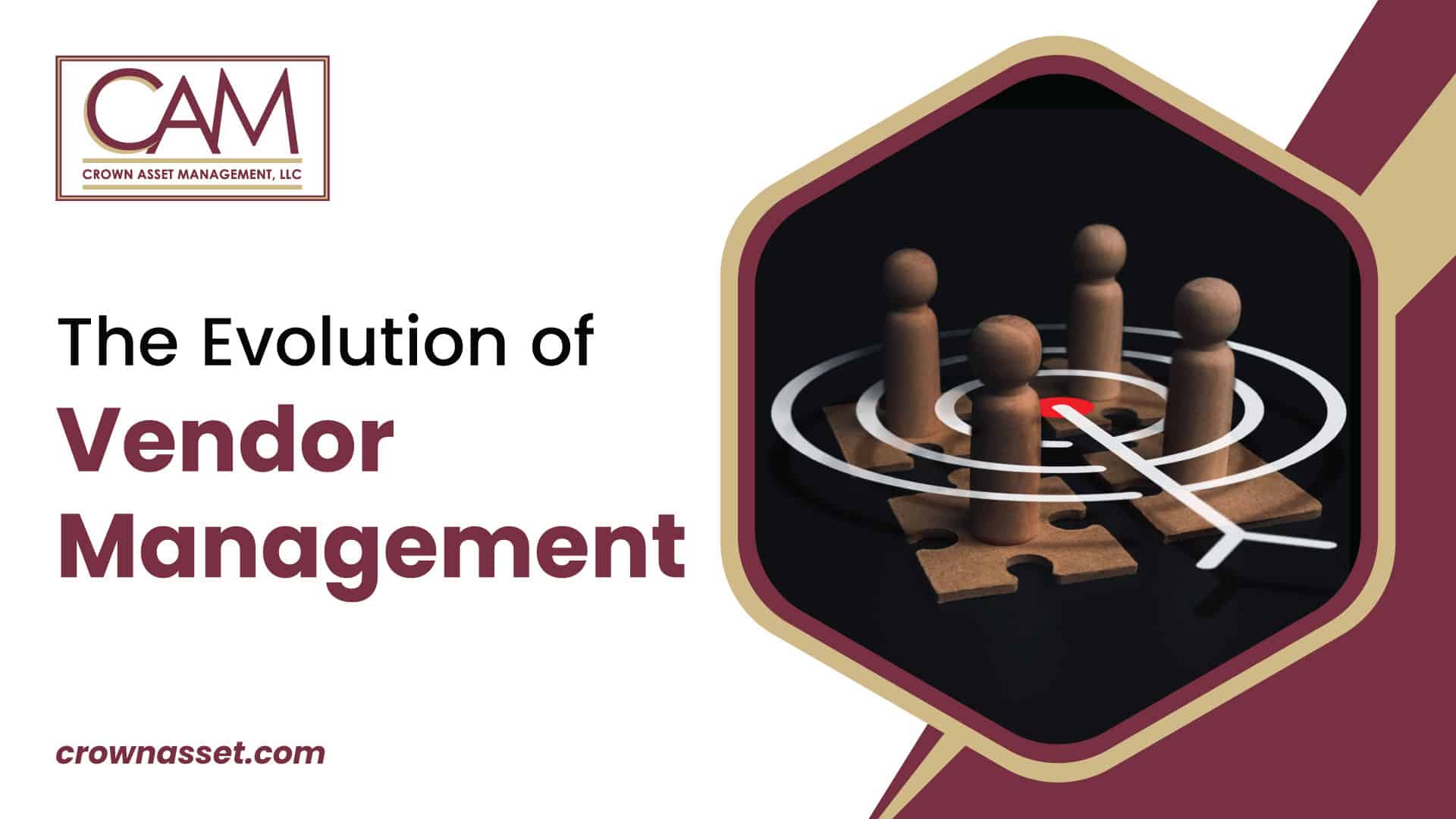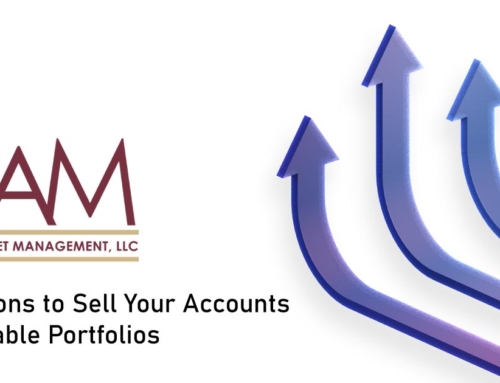How do major participants in the receivables management space cultivate relationships with their partners today compared to a decade ago? If we turned back the clock, we’d find a landscape where these partnerships, while functional, often lacked the strategic depth and collaboration they possess now.
In this article, we delve into the transformational journey of vendor management within the financial services sector. We’ll pinpoint the pivotal moments that started the change, examine the external pressures driving this evolution, and assess the tangible benefits this shift has introduced for both institutions and their stakeholders. We aim to provide an overview of how and why the dynamics of these business relationships have undergone such a profound metamorphosis.
A shift toward collaborative engagement with vendors
In the early 2010s, the approach of financial institutions to vendor management painted a distinct picture. Relationships between major banks/creditors and their agency or debt buyer partners were structured and methodical, yet they bore the hallmark of transactional interactions. This modus operandi, while functional, was on the cusp of change. And the catalysts for this shift were multifaceted.
Evolving regulations and standards
Firstly, the evolving regulatory environment in the financial sphere compelled institutions to reevaluate their vendor management strategies. With new rules and standards emerging, it became imperative for banks to foster deeper, more collaborative ties with their partners.
RMAI Certification
Moreover, the introduction of RMAI’s Receivables Management Certification Program in 2013 was a significant milestone in this evolution. As businesses pursued their initial certification designations, noticeable shifts in processes and policies became evident. Self-regulation and the establishment of best practices caused participants to rise to the voluntary challenge of “raising the baseline.”
Operational growth
Yet, it wasn’t merely regulatory pressures steering this change. Many issuers, acting on their intuition about good business practices, had already begun to tread this path. For them, refining strategies was less about external mandates and more about recognizing what was prudent and efficient for their own operations.
Aligning stakeholders
This was not just about navigating the complexity of compliance. It was and still is to ensure that every stakeholder in the process is aligned with these new directives and with the best practices that savvy institutions deemed essential.
CFPB portal
Around the same time, there was an industry-wide tilt towards prioritizing the consumer experience. Platforms like the CFPB complaint portal underscored this sentiment, pushing financial entities to be more proactive, ensuring that every interaction met or exceeded consumer expectations.
Active oversight
This newfound focus demanded an overhaul in how banks and creditors perceived and managed their vendor relationships. No longer could they afford to be passive spectators; active engagement and oversight became standard.
Increased transparency for collectors
Yet another driving force was the universal call for transparency. In a landscape where consumers were becoming increasingly discerning and regulations more stringent, transparency was no longer just a buzzword. It was the foundation upon which greater trust—both with customers and between institutions/partners—was built.
On-site visits
By the mid-2010s, the ripple effects of these catalysts were evident. Banks and creditors were not merely financial powerhouses but active participants in a complex web of partnerships. They realized the significance of investing time, expertise, and resources into these relationships. On-site audits, once sporadic, became commonplace, underscoring the commitment to a collective vision of regulatory adherence and unparalleled consumer satisfaction.
This period marked a transformative chapter in vendor management, with financial institutions recognizing that in an interconnected world, collaboration was not just beneficial, but essential.
Vendor management changes from transactions to partnerships
The later years of the 2010s heralded an era where the term “vendor management” seemed almost an understatement for the intricate dynamics at play. No longer were these mere business transactions; they had transformed into partnerships built on mutual goals, trust, and shared expertise.
Relationship management
A striking feature of this period was the frequency and depth of interactions between financial institutions and their partners. It became increasingly uncommon for large creditors to maintain a distant relationship with their agency or debt buyer partners.
Bank/Creditor engagement
On the contrary, they actively sought opportunities to understand their operations, strengths, challenges, and visions. Regular visits and on-site audits became the norm, not just a regulatory requirement but a testament to the commitment of these institutions to foster genuine, transparent partnerships.
Debt buyer engagement
The shift wasn’t unilateral. Debt buyers, recognizing the changing landscape and the emphasis on consumer experience, extended the same objective to their agency and law firm networks. This mirrored effort highlighted a sector-wide acknowledgment of the importance of collaboration, transparency, relationships and shared goals.
Furthermore, the nature of these interactions began to evolve. While the previous engagements might have spanned a day or two, by the time we approached the mid-2010s, creditors often spent multiple days at their partner firms. These extended engagements allowed for deeper dives into operational processes, brainstorming sessions, and strategy alignments.
Chain of Title continuum
What propelled this evolution? At its core, the shift was rooted in the recognition that the Chain of Title—from creditor to debt buyer to agency—was not just a sequence of transitions. It was a continuum. And for this continuum to be effective, efficient, and consumer-centric, every link had to be in harmony with the other.
The broader impact of vendor management evolution
The 2020s showcased how vendor management wasn’t just an internal shift within the financial sector, but a transformative movement with broader implications. This new model has created a domino effect with far-reaching impacts on the industry’s fabric.
Stronger partnerships
One of the primary outcomes of this evolution was a more fortified bond between creditors and their partners. This wasn’t just about ticking off regulatory checkboxes. It was about cultivating relationships built on trust, collaboration, and mutual objectives.
Better services
When financial institutions worked closely with their partners, they were able to deliver better services, which in turn significantly boosted consumer trust. A transparent vendor management system reassured consumers that institutions valued their interests and were committed to upholding the highest service standards.
Collaborative growth
Moreover, this collaborative approach laid the groundwork for growth. Creditors and their partners could strategize together, identify new market opportunities, and roll out innovative solutions more efficiently. This joint approach ensured that as they scaled, they did so with a shared vision and values.
Peering into the future, it’s evident that this collaborative model in vendor management will be the guidepost. As the financial landscape evolves with technology and new market dynamics, the focus will remain on nurturing partnerships that prioritize mutual success and consumer-centric strategies.
A bright future: The path forward in vendor management
Vendor management has undeniably evolved, and with it has come a reshaping of the receivables management industry. No longer are we confined to solitary transactions; instead, we now actively forge meaningful, transparent partnerships. This shift demonstrates more than just adaptability—it showcases our proactive drive to build trust, elevate consumer experiences, and champion robust, lasting collaborations.
As we stand on the brink of a future brimming with possibilities, collaboration emerges as our most trusted ally. It will influence our approaches, diversify our strategies, and solidify our commitment to both partners and consumers. Please reach out if you’re ready to embrace this evolving journey and carve out a niche for your organization in this transformative era. Together, we can chart the course for tomorrow’s vendor management success.
About Crown Asset Management
Founded in 2004, Crown Asset Management, LLC, is a professional receivables management firm that outsources purchased accounts to a nationwide, proprietary network of collection agencies and law firms. Utilizing a cutting-edge predictive analytical model during pre-purchase portfolio due diligence, our team focuses on achieving appropriate financial returns while ensuring the best possible experience for consumers. Crown Asset Management is an RMAI Certified Receivables Business headquartered in Duluth, GA.




